The methods of finishing external walls of the house there is a lot, but one of the easiest and inexpensive options remains staining of the surface. It is not so difficult to perform the painting of the facade of the house with your own hands, but a qualitative and correctly selected material will last for many years. In addition, no other type of finish has the same wide color palette as paint.
Types of facade paints
There are a lot of options for painting the facade of the house, and you can do this work with the help of special compositions. Paints that are suitable for finishing the external wall walls can be divided into such types:
- Mineral-based materials, the main component of which are cement or lime. Inorganic alkaline dyes are used to compose paint in the desired shade. Mineral paints are considered one of the most affordable and cheap options, but according to its operational characteristics, they are inferior to other modern counterparts.
- Water dispersion paints are created on the basis of acrylic resins, the solvent of the composition is water. Such materials are safe for health, environmentally friendly, fireproof. It is best to use a similar paint to finish plastered walls.
- The main component of silicate paints is liquid glass, mixed with various organic components. Materials of this type have good breathability and do not give the walls to work from moisture. Silicate paints create a durable and solid coating on the wall, resistant to mechanical and atmospheric influences.
- Silicone paints today are considered the best option for finishing facades. Such compositions based on silicone resins are made, therefore they differ in plasticity, elasticity, water resistance. The coating of this type is not cracking in the cold, it easily tolerates heat, well repels the dirt, does not absorb dust. Such paints are stable and mechanically damaged, for example, to scratches.
- Modified compositions refer to innovative materials. Among the paints of this group, acrylic silicone coatings can be distinguished, which combine the best qualities of two materials: silicone and acrylic. Modified coatings are characterized by high vapor permeability, hydrophobicity, resistance to mechanical effects and atmospheric phenomena.
Painting facade at home
Selection of tools for work
The facade of the building often has an extensive area, so the tool that paint will be applied, you should choose with the mind. In principle, you can paint the walls with a roller or brush, but it will take a long time for such work, and the result may not justify expectations. The optimal tool for applying paint on a large surface is a special paintopult.
The paintopult is a mobile device, the main purpose of which is the spraying of the dye on the surface being processed. By the way, the paintopult can easily be used not only to work with dyes, but also for applying varnishes or putty.
Painting the facade of the house with a paintopult is good because as a result you will get a beautiful smooth surface with a uniform tint. With the help of such a tool, the dye is sprayed on the base with the same layer, and so that the final result justified the expectations, the paintopult should be chosen with full responsibility. Consider what parameters to pay attention to the purchase of the tool:
- First of all, the material should be estimated from which the corps of the collapse is made. If the construction case is made of plastic, the tool will weigh less and cost cheaper, but the durability of such products will be questionable. It is the likelihood that a heavier aluminum paintopult will serve you for a long time, quite high. It is best to choose a design, the metal case of which has a nickel coating that protects material from corrosion.
- Regardless of which the body of the tool is made, the holes in its nozzle must be made of steel, brass or aluminum. When buying it is better to choose the option that has the ability to replace the nozzles and there is a filter for filtering paint.
- Sealing gaskets of kraskopultum should be made of Teflon, since other materials will quickly determine the action of solvents contained in colors.
- When buying a collapse, pay attention to the tank material and their location on the instrument. It is desirable that the tank has been made of nylon or metal, its location must be, first of all, convenient for you.
When painting the facade of a residential building can use two types of paint phones: pneumatic or electric. Consider each of these tools. Read more:
- The pneumatic device has a smaller price compared to its electrical analogue. The disadvantage of such a tool can be considered too noisy performance of the compressor. As for productivity, the paintopults of this type it is equal to 400 m² / hour in the case of working with paint, and when applied, the performance indicator will be 20-50 m² / hour. Pneumatic paintopulizers can work with low or high pressure. In the first case, paint consumption will be smaller, but high pressure tools are easily coping with viscous finishing materials.
- Electric paintopult will cost more, but it will work much faster. Such a device is distinguished by compactness and portability, it can be used for staining of hard-to-reach places, vertical and horizontal surfaces. To work in hard-to-reach places, the instrument is equipped with a special flexible tube.
Preparation of the working surface
Before proceeding with the decorative painting of the facade of the house, the wall must be prepared. Such work lies in leveling and cleaning of the surface, close up of gaps and deepening, removing protrusions and influx. The paint is not able to hide significant defects on the wall, so the facade before the finish finish should be almost perfectly even smooth. If the house outside was high enough, the surface must be sprinkled and reveal possible detachments of plaster. In places of blinking, the plaster layer is removed and close up for the resulting propellas with fresh mortar. Very old and fragile plaster is better to shoot off completely and separate the wall again.
If we are talking about a brick inactive wall, preparatory work before painting is reduced to the following:
- cleaning the walls from previous finishing materials;
- shuttering the surface with a new solution;
- drying the surface for at least 1 month;
- grinding walls before painting.
If the walls of the house are lined with silicate bricks, they can not be placed, but immediately begin to primer and staining. Building from ceramic brick is desirable to separate in the first 2 years after the construction, and otherwise the distributions may appear on the walls.
Alignment of walls putty and priming the surface
An important preparatory stage before the painting facade of the house is your own hands is the alignment of the walls with putty. If there are noticeable defects on the working surface, the putty is desirable to impose at least 2 layers. Small cracks and irregularities can be sealed with one layer of material. Before you begin to spit, the base should be revealed by the primer of deep penetration. In the event that the putty will be applied twice, it is desirable to primer each layer after drying it. The primer is better to choose the one that comes to a specific type of material. It is possible to do without spatlement only if the texture paints will be used to decorate the facade, which are applied to a very thick layer and are able to hide the shortcomings on the surface.
After all defects are embedded on the walls, you can process them again before painting them. The purpose of this material is that it improves the adhesion of paints with a wall, strengthens the facade, reduces the degree of water water absorption, and also reduces paint consumption. The painting composition falls on the primed surface is much better, as it is smoother. To achieve the best final result, the primer is recommended to be painted in the tone of the color of the walls. Surface covered with primer, you need to leave for a day for complete drying.
Subtleties of painting facade of the building
The technology of painting the facade of the house does not constitute anything complicated. What tool should be chosen to work and how to properly prepare the surface, we told earlier. Consider some subtleties that will help achieve a qualitative result of the work:
- Places that are not planned to be painted should be protected using a polyethylene film.
- It is better to carry out work better in dry and fairly warm weather, but not in the heat. There should be no strong wind, fog, precipitation or high humidity. As for the permissible ambient temperature, such information is based on the packaging of the paint used.
- Starting to work with one wall of the facade, it is impossible to stop the process until the entire surface is completely painted.
- Before applying the next layer of paint, it is necessary to wait for the complete drying of the previous layer.
Features of painting of facades of wooden houses
Technology performing work when finishing wooden walls is similar to the above described, but there is also its subtleties in this case. For example, acrylate and oil paints can be used as decorative compositions, as well as coating and lesing antiseptics. Antiseptics are good because they not only give the construction of a neat appearance, but also protect wood from fungi, mold, insects, moisture and other unpleasant factors.
Those who seek to preserve the pristine beauty of the natural tree, can be recommended transparent or translucent paints with an antiseptic component. Such a coating will not hide, but only emphasize the decorativeness of real logs.
As in the case of concrete and brick walls, a wooden surface before staining is covered with a primer, also containing an antiseptic. At the same time, this composition is strongly recommended to apply in several layers, giving each layer to dry completely.
Painting facade at home, photo:


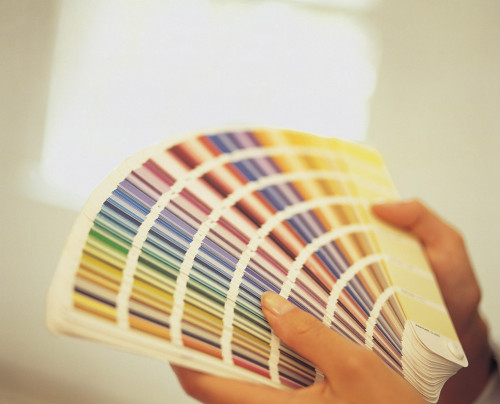
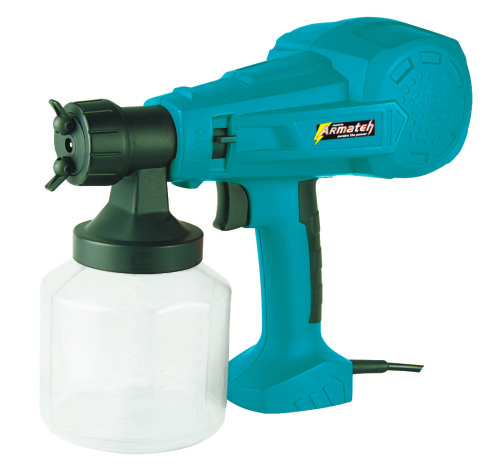
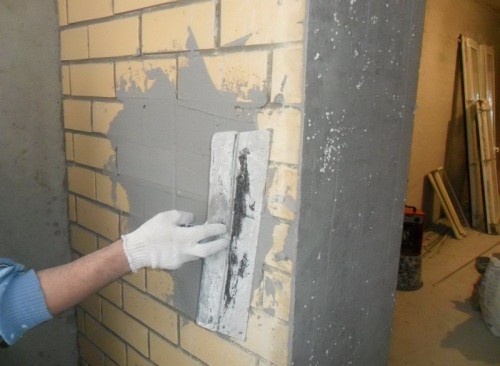
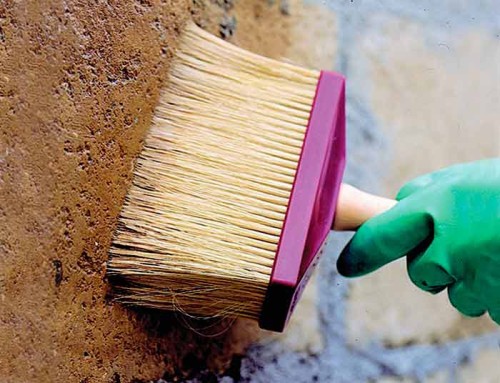
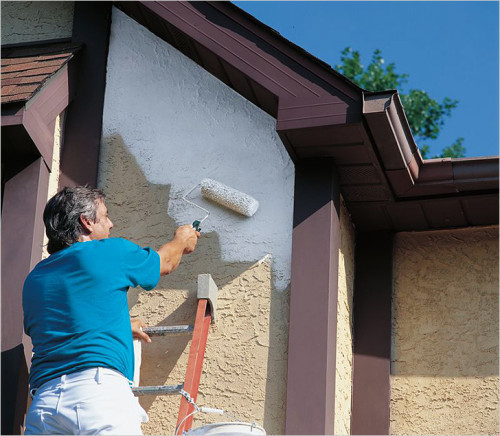
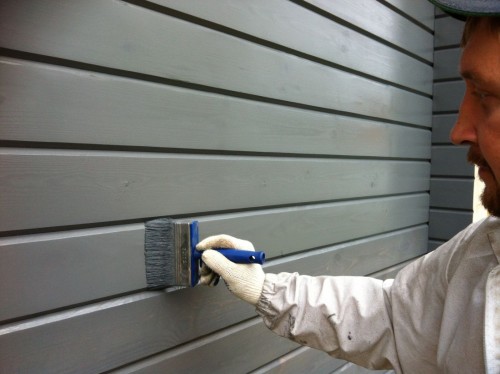


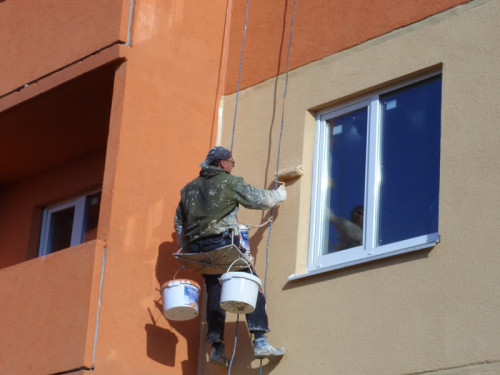



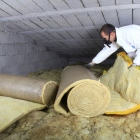


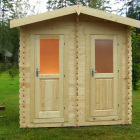






 Start a discussion ...
Start a discussion ...